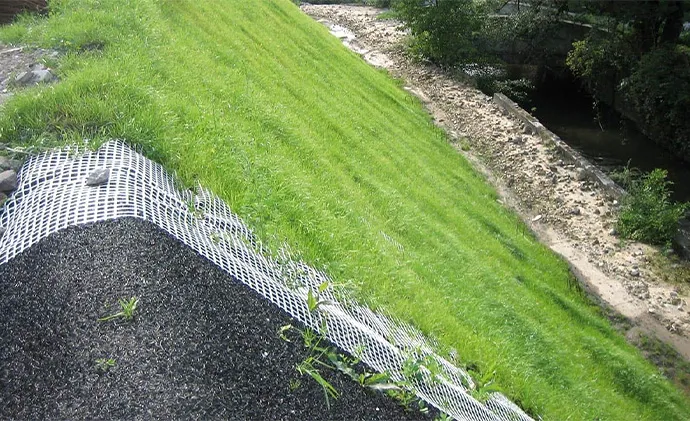-
 Phone:
Phone: -
 Email:
Email:

barbedwire fence
The Symbolism and Impact of Barbed Wire Fences
Barbed wire fences have become a ubiquitous symbol of division and restriction in various contexts throughout history. Initially introduced in the late 19th century as a method to enclose livestock and protect farmland, barbed wire quickly found broader applications, often associated with conflict and the imposition of boundaries. Today, they represent not just physical barriers but also deeper social, political, and psychological implications.
Historical Context
The invention of barbed wire by Joseph Glidden in 1873 revolutionized fencing and agriculture in the American West. It allowed farmers to establish boundaries quickly and cost-effectively, facilitating the development of large ranches and farms. However, as it helped delineate property lines, it also gave rise to conflicts, particularly during the infamous range wars between cattle ranchers and farmers. Disputes over land and access often resulted in violence, with barbed wire serving as a literal and figurative barrier to understanding and cooperation.
As the 20th century unfolded, barbed wire's role expanded significantly, particularly during wartime. It was extensively used in trench warfare during World War I, creating hazardous obstacles for advancing soldiers and symbolizing the grim reality of conflict. Lines of barbed wire came to represent the bloodshed and suffering that occurred on the battlefields, and this imagery has lingered in cultural representations of war ever since.
Modern Implications
In contemporary society, barbed wire fences are often associated with restricted areas and heightened security. At borders, they serve as deterrents against illegal crossings, as seen in the fences along the United States-Mexico border. These fences symbolize the clash between the desire for security and the humanitarian considerations surrounding migration and asylum. The sight of refugees facing lethal barriers evokes a sense of urgency and crisis, calling into question moral responsibilities and human rights.
barbedwire fence

Beyond borders, barbed wire is often seen in prisons and correctional facilities, reinforcing notions of punishment and containment. The confines created by these structures serve to protect society from perceived threats while also raising ethical queries about justice and rehabilitation. The psychological effect of being surrounded by barbed wire can have profound implications for individuals’ mental health, contributing to feelings of isolation, fear, and hopelessness.
Environmental Concerns
Barbed wire fences also pose significant challenges to wildlife. These structures can disrupt animal migrations and lead to injuries or fatalities when animals become entangled. In efforts to balance land use with ecological preservation, conservationists advocate for more wildlife-friendly fencing solutions, urging a reconsideration of traditional fencing practices. The push to improve these barriers reflects a growing awareness of the interconnectedness of ecosystems and a commitment to reducing human impact on nature.
Cultural Representations
Culturally, barbed wire fences have become potent symbols in literature, art, and film. They represent not only physical barriers but also the emotional and psychological barriers that individuals face in their lives. Many authors use barbed wire as a metaphor for experiences of trauma, isolation, and the struggle for connection. In art, barbed wire can express themes of confinement, conflict, and the human condition, inviting viewers to reflect on their own relationships with boundaries.
Conclusion
Barbed wire fences serve as multifaceted symbols that extend far beyond their original purpose of fencing in livestock. They encapsulate themes of conflict, division, security, and the environment while posing ethical questions about freedom, rights, and human dignity. As society continues to grapple with issues surrounding migration, punishment, and ecology, the presence and implications of barbed wire fences will undoubtedly remain relevant, prompting ongoing discussions about the nature of barriers—both physical and metaphorical—that separate us from one another and from the world we inhabit.
-
Wire Mesh for Every Need: A Practical SolutionNewsJul.25,2025
-
Steel Fences: Durable, Secure, and Stylish OptionsNewsJul.25,2025
-
Roll Top Fencing: A Smart Solution for Safety and SecurityNewsJul.25,2025
-
Cattle Farm Fencing Solutions for Maximum SecurityNewsJul.25,2025
-
Affordable Iron Binding Wire SolutionsNewsJul.25,2025
-
Affordable Galvanized Wire SolutionsNewsJul.25,2025
-
Wire Hanger Recycling IdeasNewsJul.25,2025








